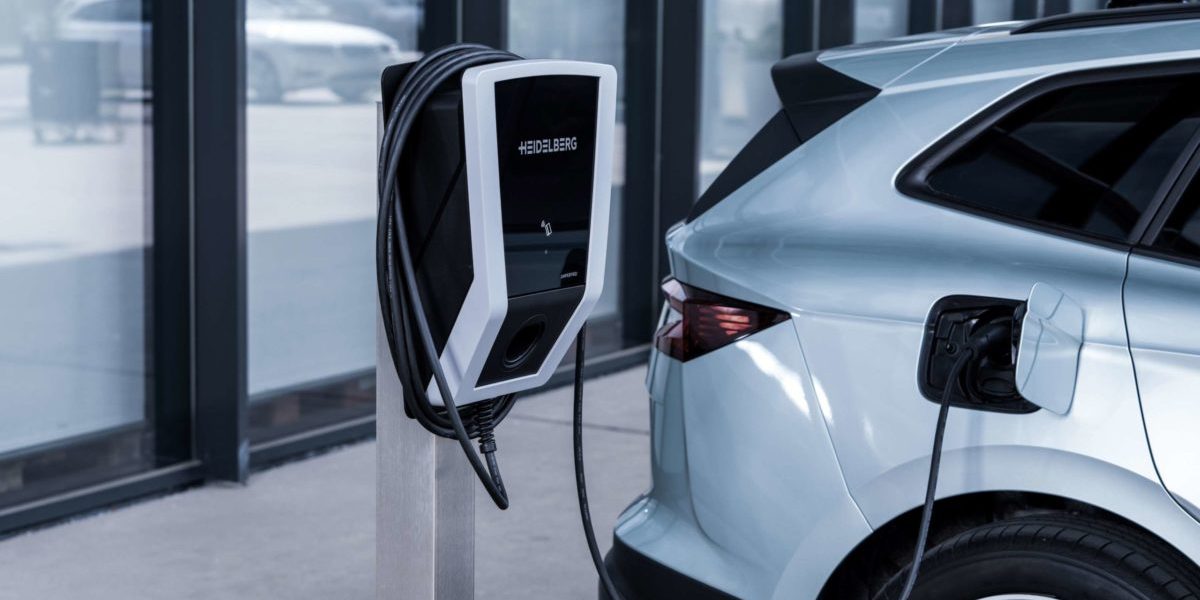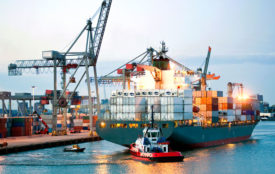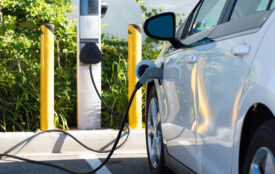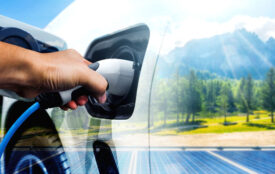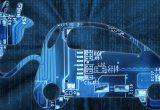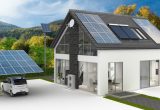Whitepaper: Electromobility for a successful energy revolution
Switching all cars to all-electric drives requires yearly increase of 1.8 percent in renewable energy. Power grid must be expanded to include decentralized and local energy management.
The transport revolution must be pursued vigorously in Germany because, from 2035, it will no longer be possible to sell new gasoline and diesel cars in the EU. Electromobility is the key to ramping up that revolution if the necessary electricity comes from renewable sources such as wind turbines and photovoltaic systems. To ensure all 48.5 million cars registered in Germany are running on all-electric drives by 2050 at the latest, the power grid will also have to be expanded to incorporate decentralized and local energy management. This can be achieved if the ramping up of electromobility can be viewed as a catalyst for an energy revolution in buildings. That is the conclusion of a new whitepaper from Heidelberger Druckmaschinen AG (HEIDELBERG), whose subsidiary Amperfied GmbH manufactures charging solutions for electromobility.
“If every one of the passenger cars on Germany’s roads is to be switched to an electric drive over a period of 30 years, the number of electric vehicles in this country will have to increase by around 1.6 million every year,” says Dr. Ludwin Monz, CEO of HEIDELBERG. “According to our model calculation, that will lead to electricity demand increasing by around 4.12 terawatt hours per year. To meet this demand entirely with green energy, renewable generation will need to grow by around 1.8 percent each year. This shows that making the switch to electromobility in Germany by 2050 will require only a modest – albeit continuous – increase in energy generation from renewable sources.”
A challenge for the power grid
When it comes to supplying energy and generating electricity, Germany is facing enormous challenges. The political target of becoming carbon neutral is leading to more and more areas of life going electric. Besides mobility, for example, that includes the heating of buildings. To make it possible to meet the rising demand for renewable energies, the electricity grid needs decentralized and local energy management. Power could then be supplied to millions of additional electric cars and wallboxes in the future. Dr. Monz explains: “Buildings are where the intelligent use of power must start, for example with energy management systems that should be subsidized by the state.”
Systems such as these help regulate load management between generators and consumers in the building. They ensure that as much self-generated energy as possible is used and that as little additional power as possible is purchased from the grid. “If the photovoltaic system, battery storage device, heat pump, and wallbox in the home of the future can interact intelligently with the power grid via energy management systems, then buildings can help stabilize the grid and thus safeguard power supplies,” adds Dr. Monz.
Politicians must ramp up expansion of the charging point network
To ensure people who do not have a wallbox at home can still run an electric car in the future, Germany needs rapid charging points along its highways and, in particular, a nationwide network of public fast-charging stations in parking facilities and residential districts. At over 70,000, the number of registered public charging stations is still falling well short of demand. As Dr. Monz points out, “Politicians must force the expansion of a nationwide charging infrastructure so that climate targets here in Germany can be met by 2050 as scheduled. Most importantly, we need subsidy programs for more charging stations, like the one recently announced by the German state of Baden-Württemberg. Coordinated initiatives from all federal states will be necessary, and will have to be rolled out promptly.”
- You can download the complete HEIDELBERG whitepaper “Electromobility for a successful energy revolution” from the website.
